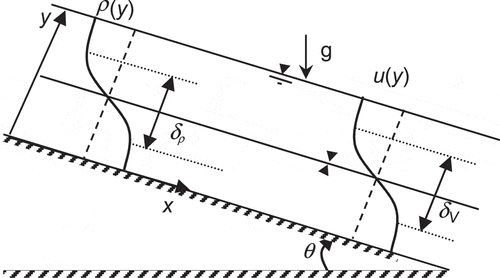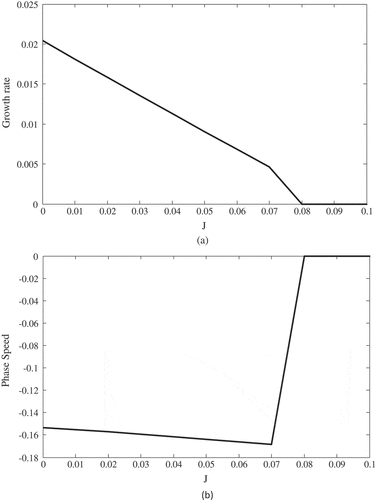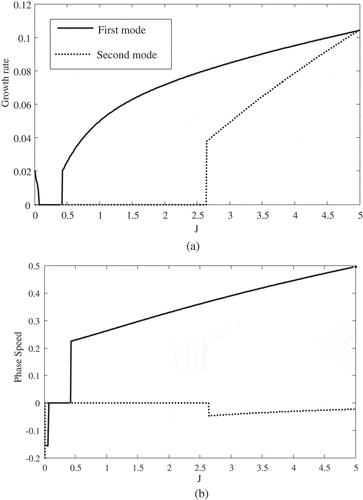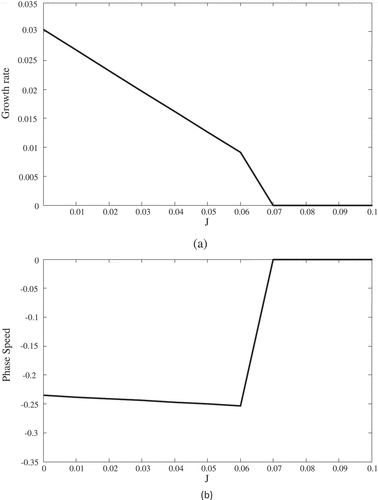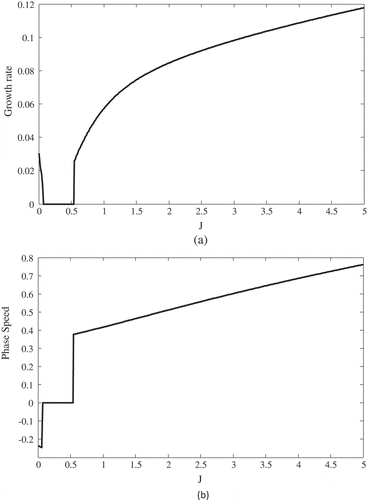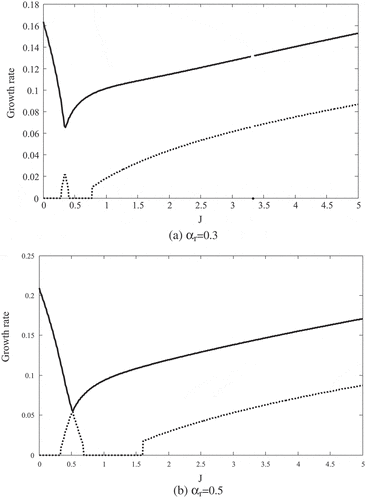Figures & data
Figure 1. Schematic of the problem under study with velocity profiles U (y) and the base concentration of ρ (y) of a two-layer flow. δρ is the density layer thickness and δV is the shear layer thickness. g is gravitational acceleration and θ is the bed slope
